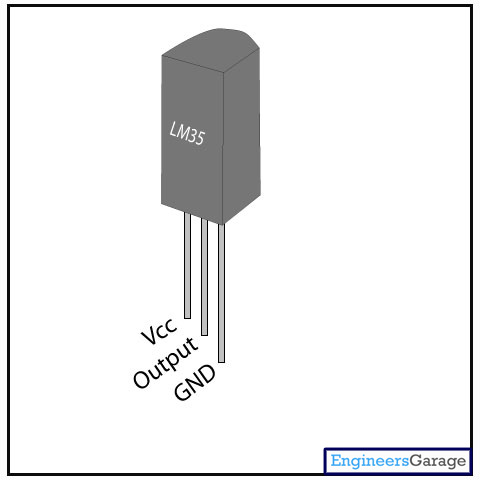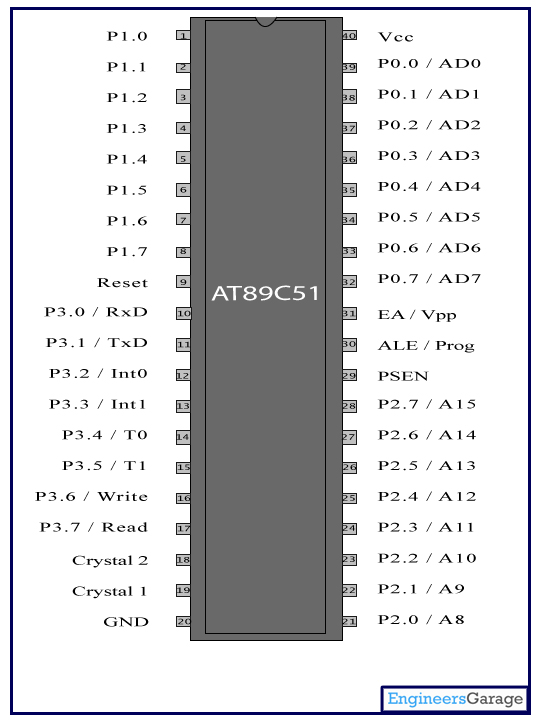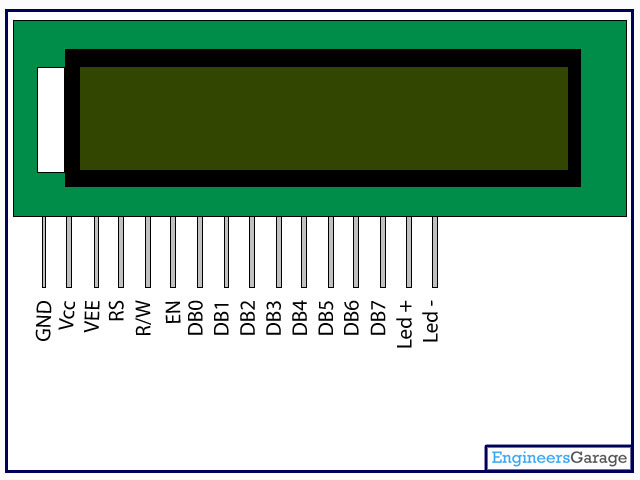Abstract:-
we have developed an integrated wireless SCADA system for monitoring &
accessing the performance of remotely situated device parameter such as temperature,
pressure, humidity on real time basis. For this we have used the infrastructure of the existing
mobile network, which is based on GPRS technique Supervisory Control and Data
Acquisition (SCADA) is a field of constant development and research. This project
investigates on creating an extremely low cost device which can be adapted to many
different SCADA applications via some very basic programming, and plugging in the relevant
peripherals. Much of the price in some expensive SCADA applications is a result of using
specialized communication infrastructure. The application of infrastructure, in the proposed
scheme the cost will come down. Additionally the generic nature of the device will be
assured.
Wireless SCADA deals with the creation of an inexpensive, yet adaptable and easy to use
SCADA device and infrastructure using the mobile telephone network, in particular, the
General Packet Radio Service (GPRS). The hardware components making up the device are
relatively unsophisticated, yet the custom written software makes it re-programmable over
the air, and able to provide a given SCADA application with the ability to send and receive
control and data signals at any non predetermined time.
GPRS is a packet-based radio service that enables “always on” connections, eliminating
repetitive and time-consuming dial-up connections. It will also provide real throughput in
excess of 40 Kbps, about the same speed as an excellent landline analog modem
connection.
From the wireless SCADA system which is proposed in setup the temperature of around
30
o
C could be sufficiently recorded from remote location. In the similar manner reading of
electric energy meter could be read 223 Kilo Watt Hour (KWH) or 223 Unit.
The properly designed SCADA system saves time and money by eliminating the need of
service personal to visit each site for inspection, data collection /logging or make adjustments
Introduction:-
Supervisory Control and Data Acquisition (SCADA) is a process control system that enables a site operator to
monitor and control processes that are distributed among various remote sites. A properly designed SCADA
system saves time and money by eliminating the need for service personnel to visit each site for inspection,
data collection/logging or make adjustments.
Supervisory Control and Data Acquisition systems are computers, controllers, instruments; actuators, networks,
and interfaces that manage the control of automated industrial processes and allow analysis of those systems
through data collection .They are used in all types of industries, from electrical distribution systems, to food
processing, to facility security alarms.[7]
Supervisory control and data acquisition is used to describe a system where both data acquisition and
supervisory control are performed. Mobile Supervisory Control and Data Acquisition (referred to as Mobile
SCADA) is the use of SCADA with the mobile phone network being used as the underlying communication
medium. GSM is a wireless communication technology; most popular today for transmitting data anywhere in
the world through SMS with the help of mobile phones.[1],[5]
General Packet Radio Service (GPRS) is chosen as the specific mobile communication protocol to use as it
provides an always on-line Inter connection without any time based charges. SMS is a globally accepted
wireless service that enables the transmission of alphanumeric messages between mobile subscribers and
external systems such as electronic mail, paging, and voice-mail systems. It is a store and forward way of
transmitting messages to and from mobiles.[16]
SMS benefits includes the delivery of notifications and alerts, guaranteed message delivery, reliable and lowcost communication mechanism for concise information, ability to screen messages and return calls in a
selective way and increased subscriber productivity[5].
SCADA systems typically are made of four components:
Master Unit - This is heart of the system and is centrally located under the operator's control.
Remote Unit - This unit is installed from where the process is actually monitored. It gathers required data about
the process and sends it to the master unit.
Communication Mode - This unit transmits signals/data between the master unit and the remote unit.
Communication mode can be a cable, wireless media, satellite etc.
Software - The software is an interface between the operator and the units. It allows the operator to visualize and control the functions
SENSOR: RTD Basics:-
1. Resistance temperature detectors (RTDs) are made of coils or films of metals (usually platinum).
When heated, the resistance of the metal increases; when cooled, the resistance decreases.
3. Resistance varies with Temperature
4. Platinum 100 Ohm at 0°C
5. Very accurate
6. Very stable
Characterstic of RTD:-
R = R0(1+αT0)
Where R0 = Resistance at 0
0
α = Temperature coefficient of resistance
T0 = Temperature in Degree Centigrade
Energy meter Calculation:-
An electric meter or energy meter is a device that measures the amount of electrical energy supplied to or
produced by a residence, business or machine. The most common unit of measurement on the electricity meter
is the kilowatt hour, which is equal to the amount of energy used by a load of one kilowatt over a period of one
hour, or 3,600,000 joules. general, energy (E) is equivalent to power (P) multiplied by time (t). To determine E in
kilowatt-hours, P must be expressed in kilowatts and t must be expressed in hours.[8]
E = Pt
If P and t are not specified in kilowatts and hours respectively, then they must be converted to those units
before determining E in kilowatt-hours
IMPLEMENTATION:-
The proposed implementation the system that solves the problem of continuous monitoring of data acquisition
system with the help of cheap wireless communication.
The basic components of remote monitoring system designed in this paper include sensors, Signal conditioning
device, AT90S8515 microcontroller, and mobile phone. The sensors i.e. RTD is used to measure remote area
temperature or energy meter reading. The microcontroller based data logger is fully depends on what is being
measured. The AT90S8515 is a low-power, high-performance CMOS 8-bit microcontroller with 8K bytes of insystem programmable Flash memory. The microcontroller is to be programmed using C language.
For Wireless communication. I have used GSM mobile with GPRS services. In this project NOKIA 3310 hand
set is used for GSM communication. Most NOKIA phones have F-Bus connection that can be used to connect a
phone to microcontroller. This bus will allow us to send and receive SMS messages.
Frame format:-
Total Frame -98 byte (0-97)
F-Bus Frame Header (6 Byte)
Byte 0: F-Bus Frame ID (0x1E).
Byte 1: Destination address (0x00)
Byte 2: Source addresses (0x0C).
Byte 3: Message Type 0x02 (SMS Handling).
Byte 4 & 5: Message length.
SMS Frame Header (18 Byte)
Byte 6 to 8: Start of SMS Frame Header (0x00,
0x01, 0x00)
Byte 9 to 11: Send SMS Message (0x01, 0x02,
0x00)
Byte 12: SMS Centre number length. 0x0a is 10
bytes long.
Byte 13: SMSC number type(0x81-unknown0x91-
national
Byte 14 to 23: SMS Centre phone number
(TPDU) Transfer Protocol Data Unit (5 Byte)
Byte 24: Message Type (1-sms submit, 0-sms
deliver)
Byte 25: Message Reference if SMS Deliver &
Validity Indicator used
Byte 26: Protocol ID. (0x00)
Byte 27: Data Coding Scheme.
Byte 28: Message Size is 0x22 in hex or 34 bytes
long in decimal.
This is the size of the unpacked message.
Destination’s Phone Number (12 Bytes)
Byte 29: Destination’s number length.
Byte 30: Number type 0x91-international, 0xa1-
national
Byte 31 to 40: (Octet format) Destination’s Phone
Number
Validity Period (7 Byte)
Byte 41: Validity-Period Code. (0xFF)
Byte 42 to 47: Service Centre Time Stamp (0x00….
0x00)
The SMS Message (SMS-SUBMIT) (45 Byte)
Byte 48 to 92: SMS message packed into 7 bit
characters.
Byte 93: Always 0x00
The F-Bus Frame ending (4 Byte)
Byte 94: Packet Sequence Number
Byte 95: Padding Byte - String is old and require to
be even
Byte 96 & 97: Odd & even checksum bytes.





















